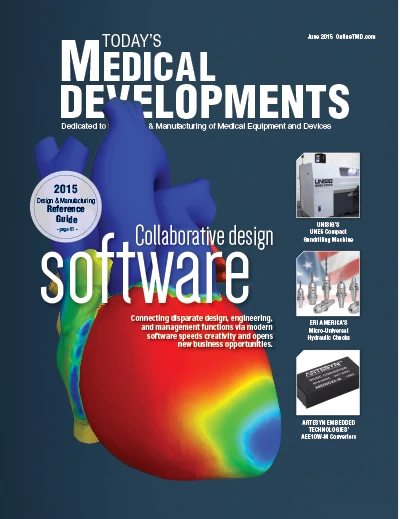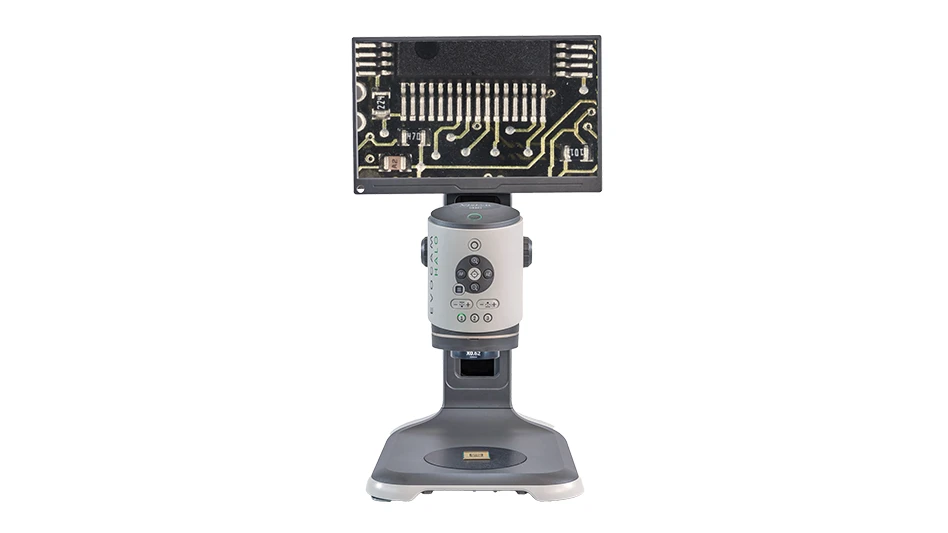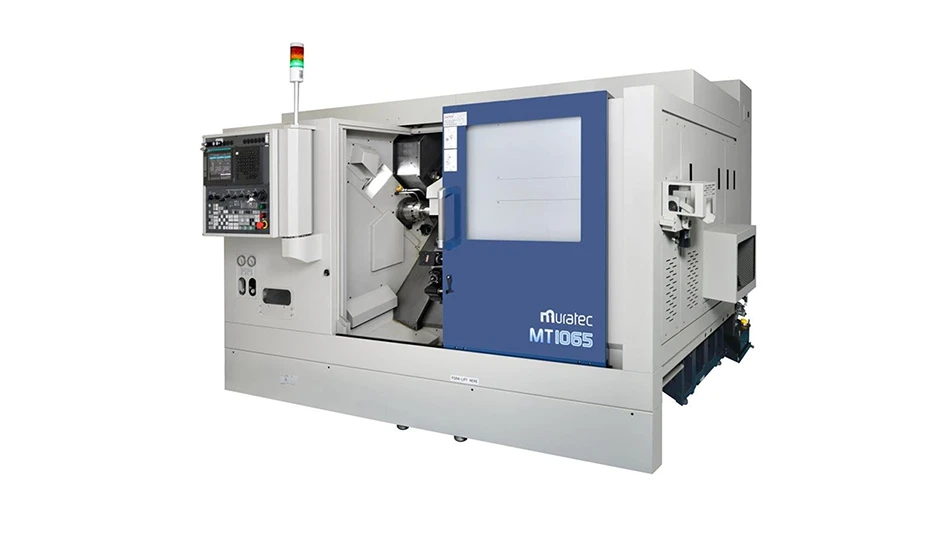 Hospital-acquired infection (HAI) outbreaks continue to make headlines despite everything we’ve learned about prevention. The superbug outbreak at Ronald Reagan UCLA Medical Center linked to dirty endoscopes is just the most recent example that highlights the critical need in health care to pay more attention to medical devices as potential vehicles for infection.
Hospital-acquired infection (HAI) outbreaks continue to make headlines despite everything we’ve learned about prevention. The superbug outbreak at Ronald Reagan UCLA Medical Center linked to dirty endoscopes is just the most recent example that highlights the critical need in health care to pay more attention to medical devices as potential vehicles for infection.
When it comes to reusable devices, sometimes cleaning just isn’t enough. There is a growing body of evidence that even when hospitals carefully follow instructions for cleaning and disinfection – as it appears UCLA did – the complexity of the instruments makes effective decontamination a challenge.
The onus is on providers to follow manufacturer instructions and industry guidelines for device handling and reprocessing. Because some of the problems may be tied to device design, manufacturers play an important role in protecting patients with a few important considerations.
Think less is more. Medical devices with numerous small pieces offer a perfect breeding ground for contaminants to get trapped, and the careful cleaning and processing of the pieces is expensive, time consuming, and often imperfect. Small pieces can be difficult to visually inspect, making it hard to ensure proper cleaning. Consider designing devices with as few small pieces as possible. For devices with small, hard-to-reach components, think about designs with easy disassembly so that pieces can be cleaned by hand prior to sending them for automated reprocessing.
Design with cleaning in mind. We know that even when staff carefully follow cleaning instructions, contaminants can still exist deep in the equipment because they weren’t designed for optimal cleaning. When thinking about the form of medical devices, consider not just function, but also ease of cleaning. For example, use high-quality materials that are durable and won’t break down after numerous cleanings with strong solutions. Use materials that are less likely to crease, and make surfaces as smooth as possible to reduce the risk of trapping bacteria inside crevices. For technologically advanced tools, such as those with built-in electronics that cannot be submerged in cleaning solutions, consider how to protect these electronics from direct contact with contaminants and outline cleaning instructions.
 Consider single-use. The only way to eliminate the risk of device-related cross-contamination is to use a device on only one patient and then throw it away. While items such as disposable drape cloths and masks have been around for many years, new innovations in the science and engineering of plastic materials, light emitting diodes (LED), and batteries have made it possible to design complex disposable devices while maintaining cost efficiencies. For example, speculums, anoscopes, retractors, and laryngoscopes, are now available with built-in light sources that, along with the device, come out of the package ready to use and are disposed after a single use. Not only is the risk of contamination from the device reduced to near zero, the risk of contamination posed by the ancillary instruments, such as lights, is also significantly reduced. With the convenience benefits of disposable devices, it’s clear to see why demand for better disposable medical devices continues to grow.
Consider single-use. The only way to eliminate the risk of device-related cross-contamination is to use a device on only one patient and then throw it away. While items such as disposable drape cloths and masks have been around for many years, new innovations in the science and engineering of plastic materials, light emitting diodes (LED), and batteries have made it possible to design complex disposable devices while maintaining cost efficiencies. For example, speculums, anoscopes, retractors, and laryngoscopes, are now available with built-in light sources that, along with the device, come out of the package ready to use and are disposed after a single use. Not only is the risk of contamination from the device reduced to near zero, the risk of contamination posed by the ancillary instruments, such as lights, is also significantly reduced. With the convenience benefits of disposable devices, it’s clear to see why demand for better disposable medical devices continues to grow.
Further reports of new HAI outbreaks tied to medical devices emphasize the continued need for diligence in device cleaning and innovation in device design. The way devices are put together has a critical impact on how well they can be cleaned. Device manufacturers have an important role in ongoing infection control initiatives. Working together, providers and manufacturers have the power to significantly improve the cross-contamination risks posed by medical devices and better protect patients.
OBP Medical Inc.
www.obpmedical.com
About the author: Douglas H. McConnell, M.D., F.A.C.S., is medical director at OBP Medical. He is board certified in thoracic surgery and currently serves as director of cardiac surgery at Shasta Regional Medical Center. McConnell can be reached at doughmcconnell@gmail.com.

Explore the June 2015 Issue
Check out more from this issue and find your next story to read.
Latest from Today's Medical Developments
- Dassault Systèmes enters next phase of Living Heart Project with AI-powered virtual twins
- Bruker’s X4 POSEIDON advanced X-ray microscope
- #53 - Manufacturing Matters - 2024 Leaders in Manufacturing Roundtable
- Festo Incredible Machine celebrates its premiere at the Hannover Messe
- Join us for insights on one of the hottest topics in manufacturing!
- Turnkey robotic systems are already behind the times
- You can still register for March’s Manufacturing Lunch + Learn!
- HERMES AWARD 2025 – Jury nominates three tech innovations





